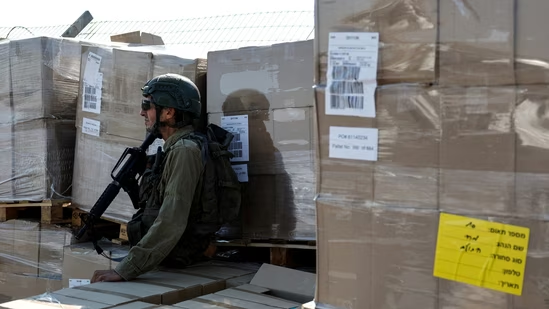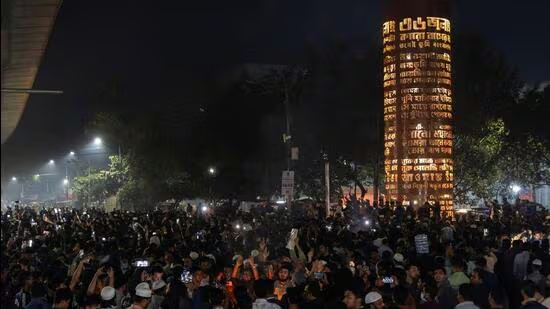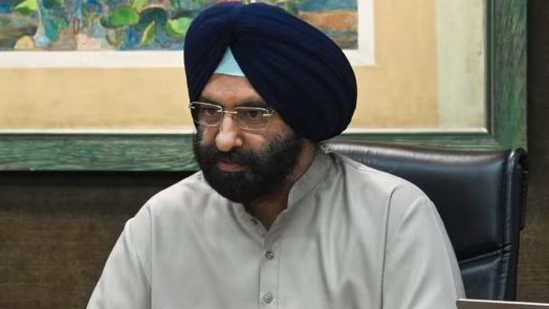As the two-year anniversary of Hamas’s attack on Israel on October 7, 2023, approaches, the Hannibal Directive is once again being discussed.
During the raid on southern Israel, the Israel Defense Forces (IDF) reportedly invoked this controversial policy.
Known also as the Hannibal Procedure or Hannibal Protocol, the directive allows the Israeli army to use maximum force to prevent soldiers from being captured, even if it puts their lives or those of nearby civilians at risk.
According to Israeli daily, Ha’aretz, the Hannibal Directive was applied at three military bases targeted by Hamas.
Former Israeli Defence Minister Yoav Gallant approved of the Directive during the Hamas-led attack on October 7, 2023.
In an interview with Israel’s Channel 12 Gallant stated that he gave the order in certain areas. “I think that, tactically, in some places, it was given, and in other places, it was not given, and that is a problem,” he said.
Yehuda Shaul, a former IDF soldier and founder of the NGO Breaking the Silence, had explained to Al Jazeera that captives give adversaries negotiating power and the ability to influence national morale and public support for a conflict.
He also noted that the enemy cannot extract strategic information if the soldiers are killed before being taken captive.
“In case of capture, the main mission becomes rescuing our soldiers from the captors, even at the cost of hitting or wounding our soldiers,” Shaul said.
The directive is named after the Carthaginian general Hannibal, who reportedly chose to take his own life rather than be captured by the Romans around 181 BCE.
However, Israeli military officials have stated that the name was actually generated randomly by a computer.
The Hannibal Directive is an operational IDF policy designed to preempt politically painful prisoner swaps by targeting everyone in the vicinity of a soldier at risk of capture, even if it endangers the soldier’s life.
The protocol was introduced in 1986, following several abductions of Israeli soldiers in southern Lebanon and the controversial prisoner exchanges that followed.
At the time, Israel occupied a region in southern Lebanon after its 1982 invasion. During this period, Hezbollah captured soldiers patrolling the area.
One incident that prompted the creation of the directive involved a vehicle escaping with captured soldiers while IDF troops did not open fire. The Hannibal Directive was meant to ensure that such a situation would never recur. The remains of the captured soldiers were later returned to Israel in 1996 in exchange for the bodies of 123 Hezbollah fighters, according to the Israeli government.
The full text of the directive remained unpublished until 2003.
In 2016, Israeli media, including The Times of Israel, reported that Lieutenant-General Gadi Eisenkot, then the military chief, decided to cancel the Hannibal Protocol due to confusion over the extent of force it allowed.
At the time, The Times of Israel noted: “The directive allows soldiers to use potentially massive amounts of force to prevent a soldier from falling into the hands of the enemy. This includes the possibility of endangering the life of the soldier in question in order to prevent his capture.”





























